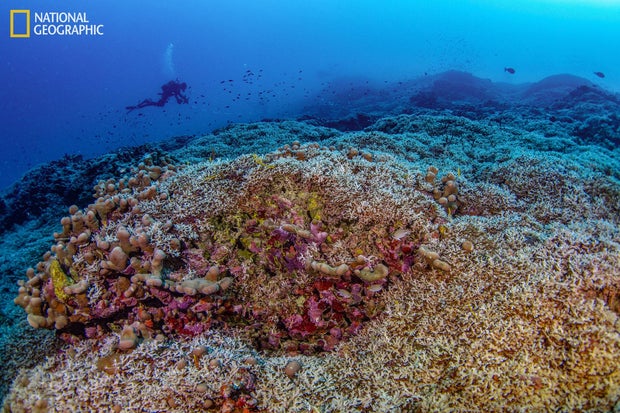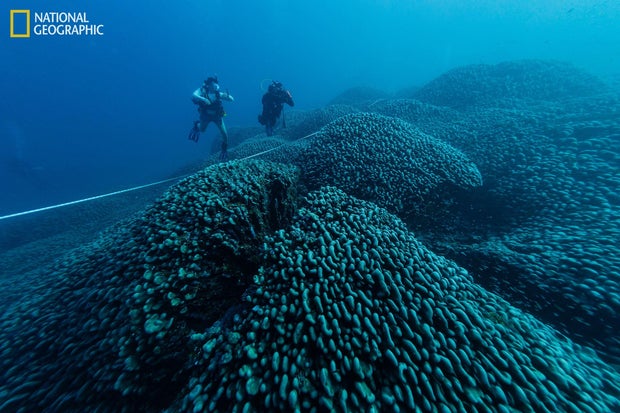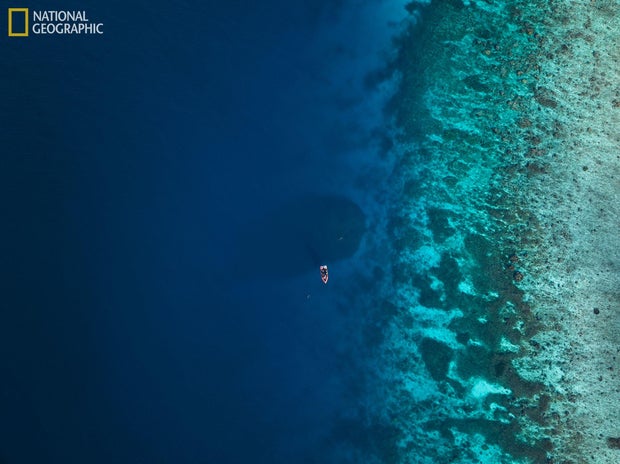CBS News
How far has gold’s price dropped in November?

Getty Images
Gold investing hit an 11-year high in 2023 amid concerns over inflation and an increased need for safe-haven assets. And the price of the metal responded accordingly in 2024, breaking numerous price records in seemingly every month this year after starting January priced at $2,063.73 per ounce. The latest record saw gold surge past the $2,700 mark with anticipation high that it could exceed $3,000 per ounce, perhaps before the end of 2024.
For investors who thought gold’s price surge would continue unabated, however, November has proven otherwise. The price of the precious metal has dropped this month from record highs with the future price uncertain right now. To get a better idea about where gold could be heading, however, it helps to note how far the price has already dropped this month. That’s what we’ll break down below, noting why it may be a smart time for some to invest.
Invest in gold before the price rises again here now.
How far has gold’s price dropped in November?
The price of gold started November strong, coming in at $2,736.35 on November 1, according to historical price data from gold IRA company American Hartford Gold. While not quite at the $2,786.44 record it hit at the end of October, it was hovering around that point and widely expected to surpass it within days. But that’s not what happened. It dropped to $2,743.98 on November 5 and has been on a downward trend since, hitting $2,598.28 on November 12.
That price marks a 26% jump from where the metal started the year — but a 5% drop from where it started in November, erasing a good portion of the increase seen throughout 2024. That said, economic factors are constantly evolving and Wednesday brought news that could affect the price of gold yet again.
After dropping for most of 2024, inflation rose in October, according to a new report released by the Bureau of Labor Statistics. Now at 2.6%, the rate jumped by two-tenths of a point in the month, moving it more than half a percentage point above the Federal Reserve’s target 2% goal.
While not a great development for the broader economy, gold — as has been shown for much of the last two years — tends to perform well during inflationary periods. During these cycles, the metal often maintains and even increases in value, thus underlining its historic reputation as a reliable hedge against inflation. So, in theory, it’s possible that some of the gold price drop experienced in the first 13 days of November could be reversed once the latest inflation report has a chance to reverberate throughout the wider economy. Waiting to invest, then, could mean paying more versus acting now.
Don’t wait for that to happen. Get invested in gold online today.
The bottom line
The price of gold has been on a remarkable rise all year long but November has put a halt to that run as investors saw the price tumble by around 5% since the start of the month. That said, the price drop could be an indication of additional reductions to come — or it could be a temporary blip as the metal continues its march toward $3,000 per ounce. Only time will tell which theory is right. But with inflation on the rise again and a slightly lower entry point for beginner investors, now may be a smart time to invest in gold. Just be sure to keep your investment in check, as most experts advise limiting it to 10% or less of your broader portfolio.
Have more gold price questions? Learn more here now.
CBS News
What goes into the Senate confirmation process for Trump’s cabinet picks

Watch CBS News
Be the first to know
Get browser notifications for breaking news, live events, and exclusive reporting.
CBS News
Sneak peek: The Plot to Eliminate Alyssa Burkett

Watch CBS News
Be the first to know
Get browser notifications for breaking news, live events, and exclusive reporting.
CBS News
Scientists say they’ve discovered the world’s biggest coral, so huge it was mistaken for a shipwreck

Scientists say they have found the world’s largest coral near the Pacific’s Solomon Islands, announcing Thursday a major discovery “pulsing with life and color.” The coral is so immense that researchers sailing the crystal waters of the Solomon archipelago initially thought they’d stumbled across a hulking shipwreck.
“Just when we think there is nothing left to discover on planet Earth, we find a massive coral made of nearly one billion little polyps, pulsing with life and color,” marine ecologist Enric Sala said.
The standalone structure, formed from a “complex network” of tiny coral polyps, has likely been growing for 300 years or more, the researchers said.
Manu San Félix/National Geographic Pristine Seas
At about 111 feet wide and 104 feet long, the team said the “mega coral” was three times bigger than the previous record holder — a coral dubbed “Big Momma” in American Samoa. The massive coral is not a coral reef, structures that can be far larger but are comprised of many distinct coral colonies, they explained.
“While Big Momma looked like a huge scoop of ice cream plopped down on the reef, this newly discovered coral is as if the ice cream started to melt, spreading forever along the seafloor,” said lead scientist Molly Timmers.
It’s longer than a blue whale and thought to be “so colossal” that it could be seen from space.
ManuSan Félix/National Geographic Pristine Seas
The coral was discovered at the southeastern tip of the Solomon Islands, in an area known as the Three Sisters. It was spotted by a National Geographic team embarking on a scientific expedition in the region.
Hotter and more acidic oceans have drained the life from corals in many of the region’s tropical waters, a process called bleaching, including Australia’s famed Great Barrier Reef. But this latest discovery offered a small glimmer of hope, the research team said.
“While the nearby shallow reefs were degraded due to warmer seas, witnessing this large healthy coral oasis in slightly deeper waters is a beacon of hope,” said coral scientist Eric Brown.
The lush rainforests and pristine waters of the Solomon Islands have long been celebrated for their ecological diversity. Wildlife observations made in the area in the 1920s helped prove a key part of Charles Darwin’s theory of evolution.
“There is so much to learn about the richness of marine life and the ocean ecosystem, but this finding opens doors of knowledge,” said top Solomon Islands official Collin Beck. “More scientific research is needed to better understand our rich biodiversity and our planet.”
Steve Spence/National Geographic Pristine Seas
The discovery was announced as representatives from around the world meet in Baku, Azerbaijan for the COP29 United Nations summit on climate change.
The Solomon Islands national climate minister, Trevor Manemahaga, told CBS News’ partner network BBC News at the summit that his nation was proud to be the home of the massive, newly discovered coral.
“We want the world to know, that this is a special place, and it needs to be protected,” he told the BBC. “We rely mostly on marine resources for economic survival, so coral is very, very important.”
Small, low-lying island nations such as the Solomons are among the most vulnerable to the increasing effects of climate change and sea-level rise.








